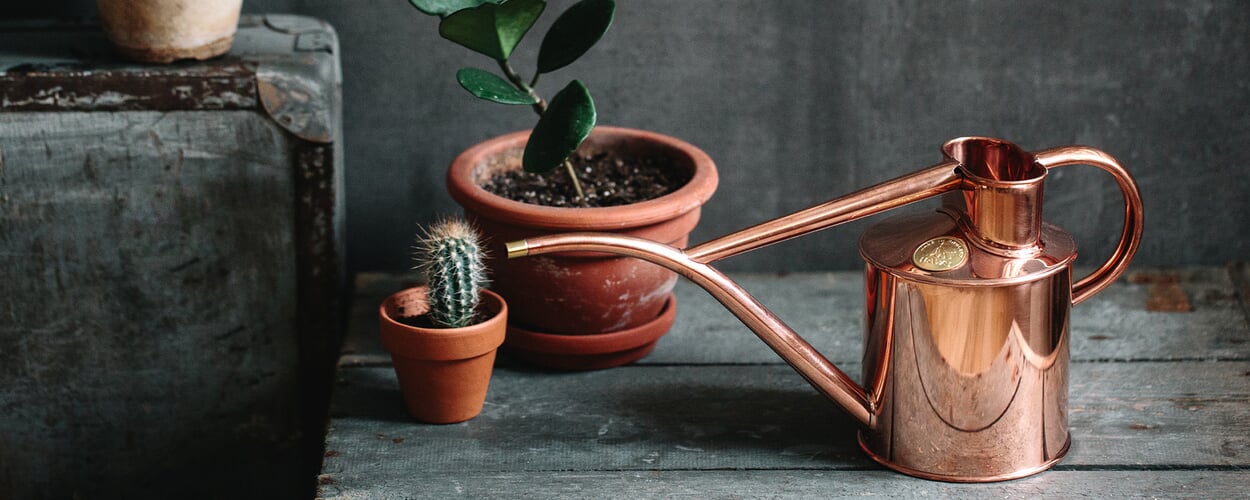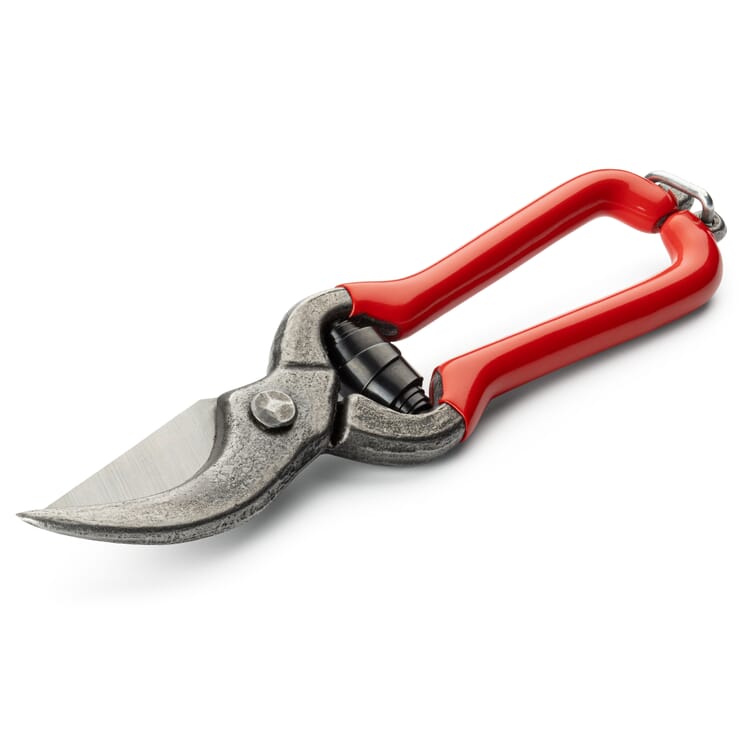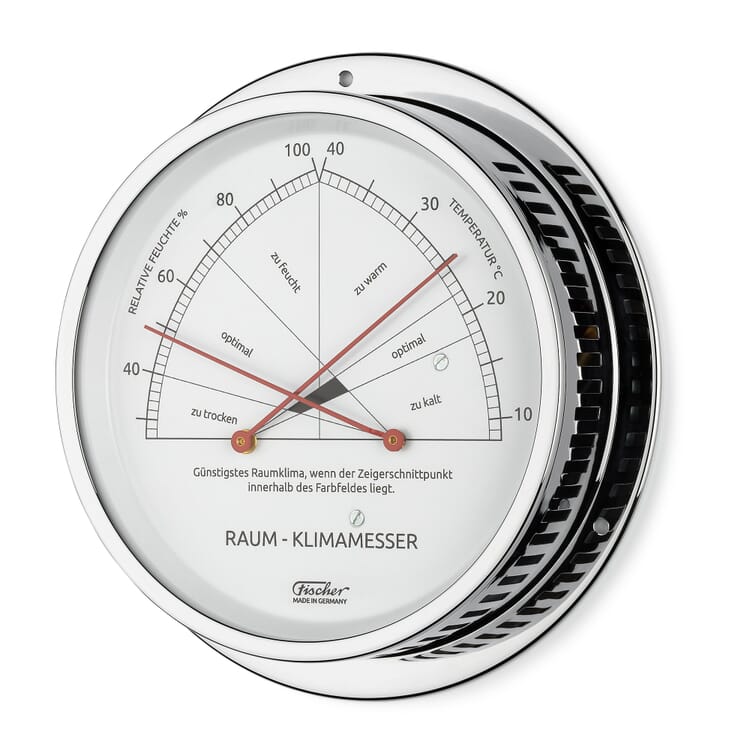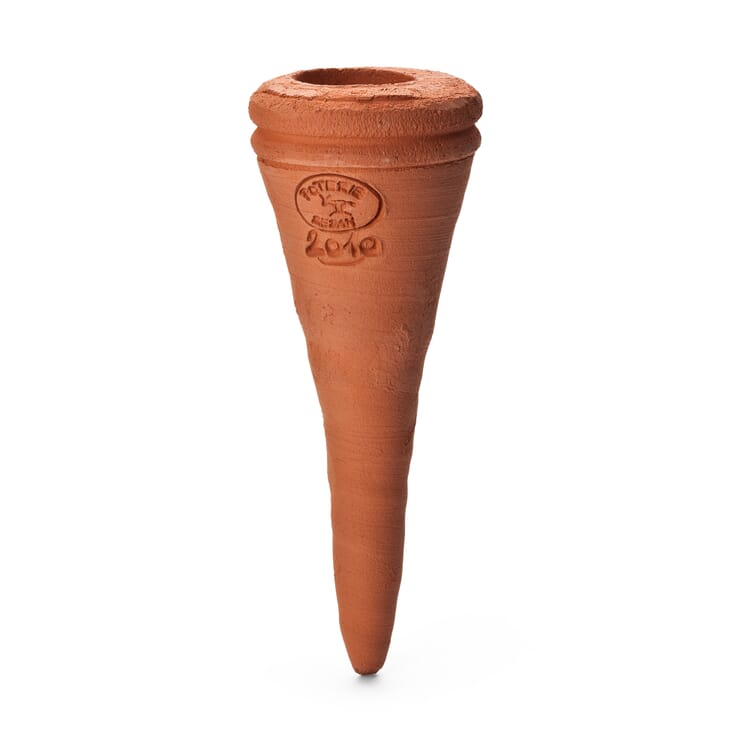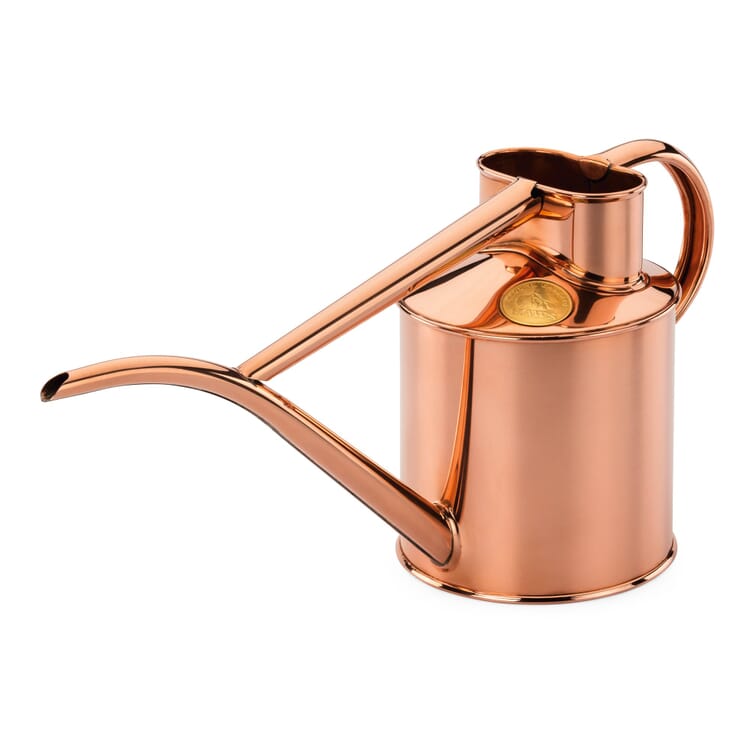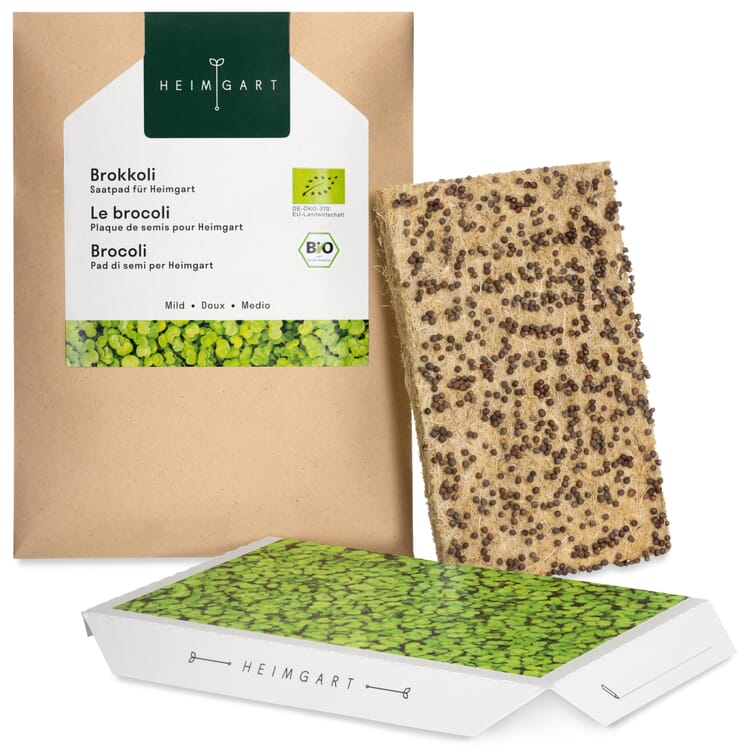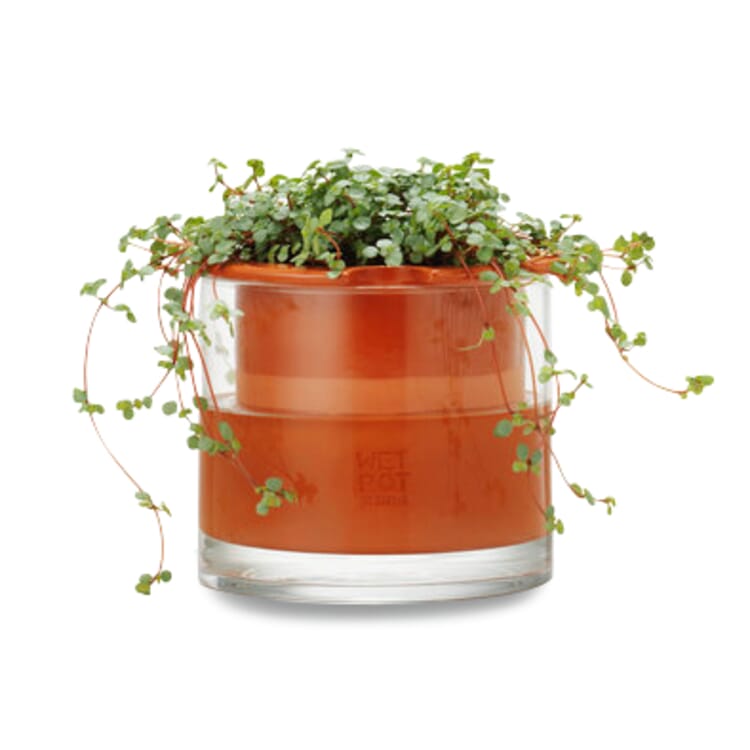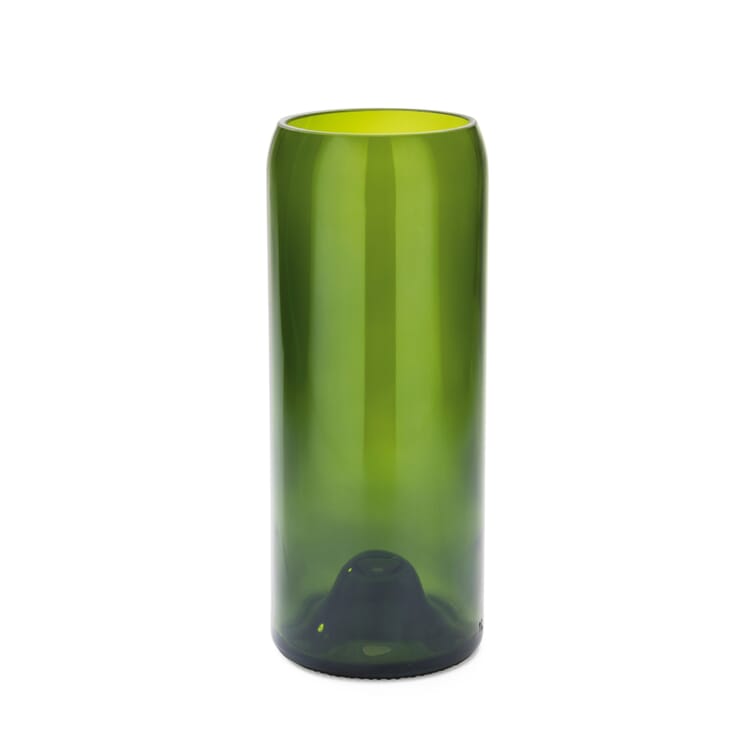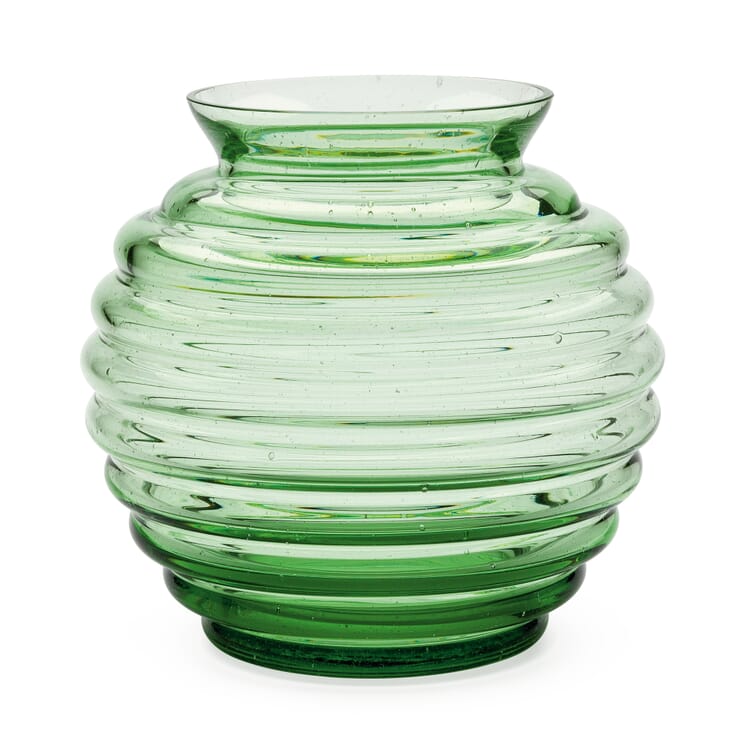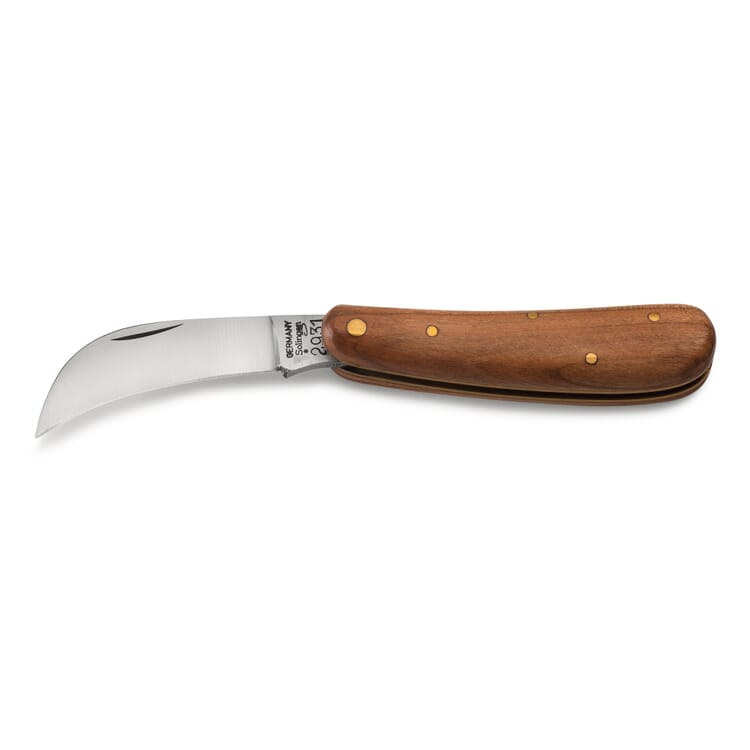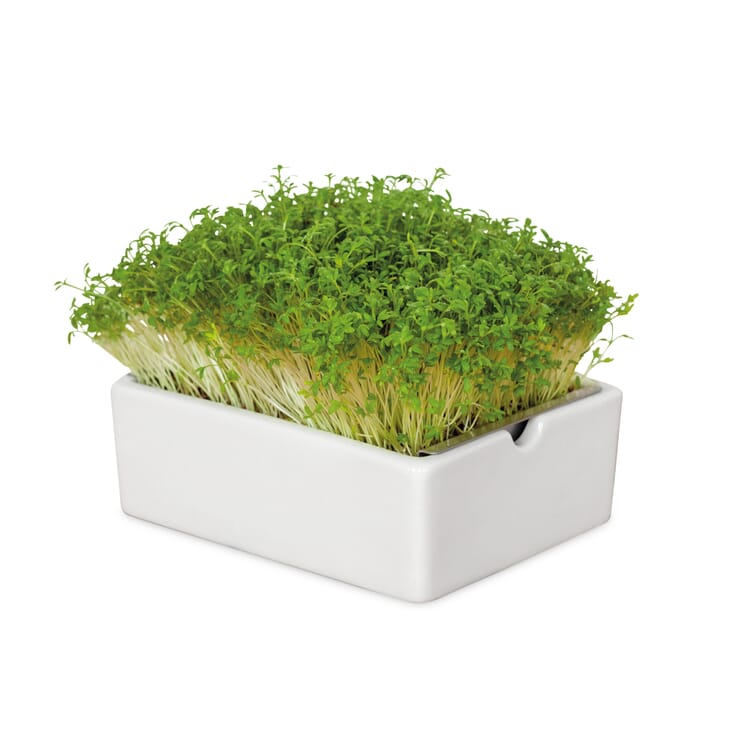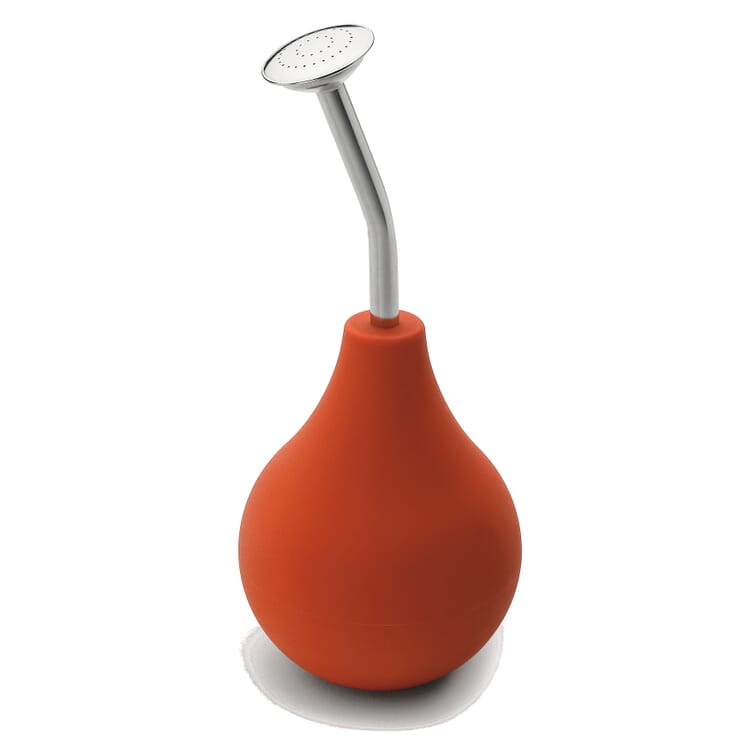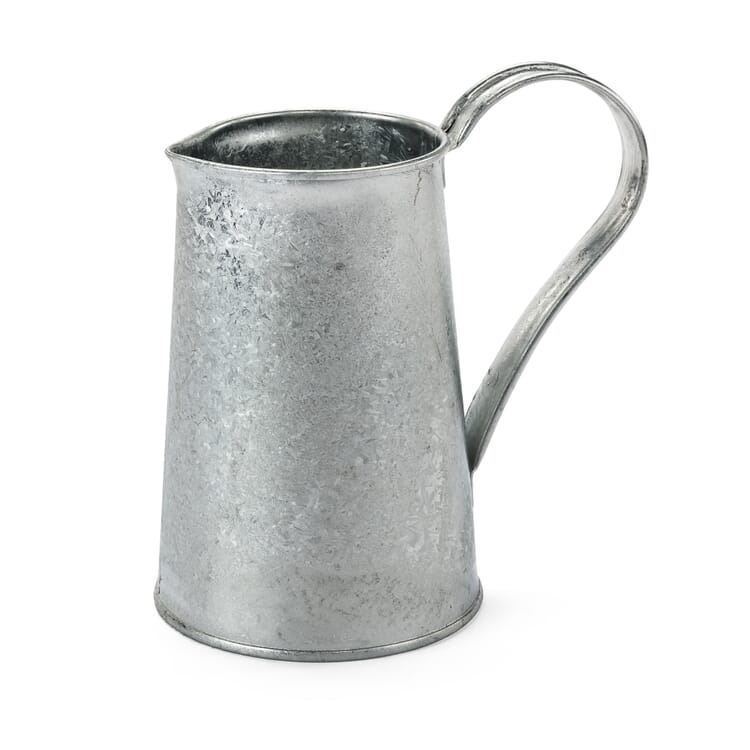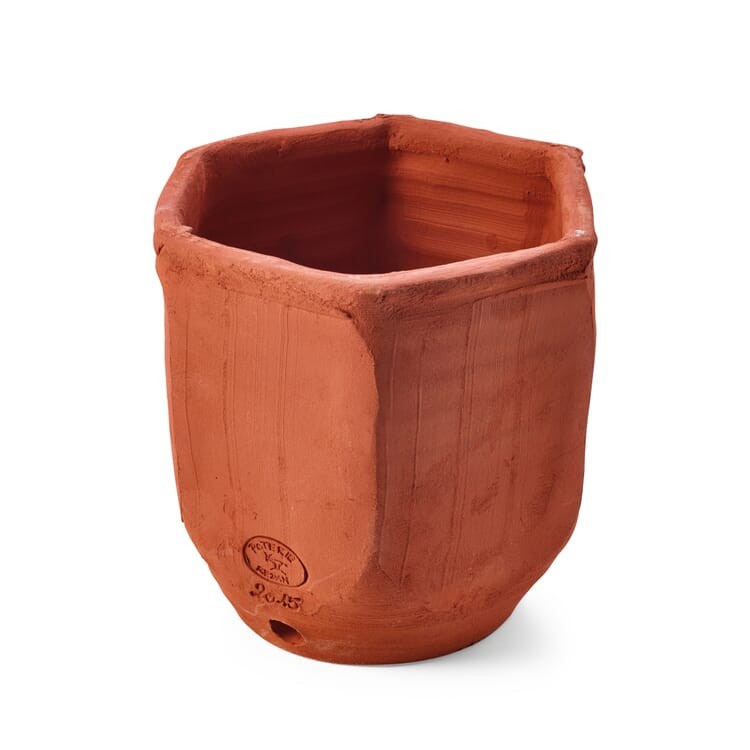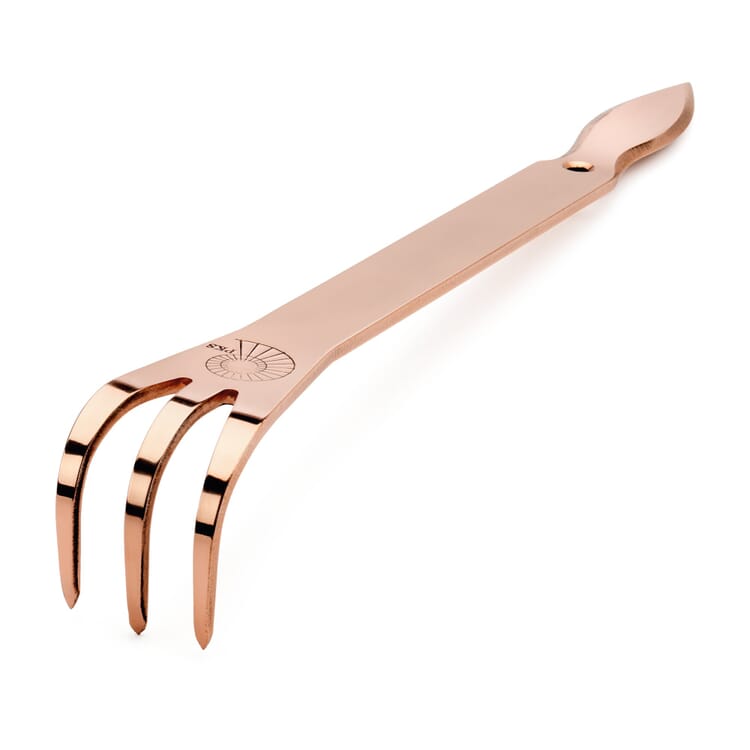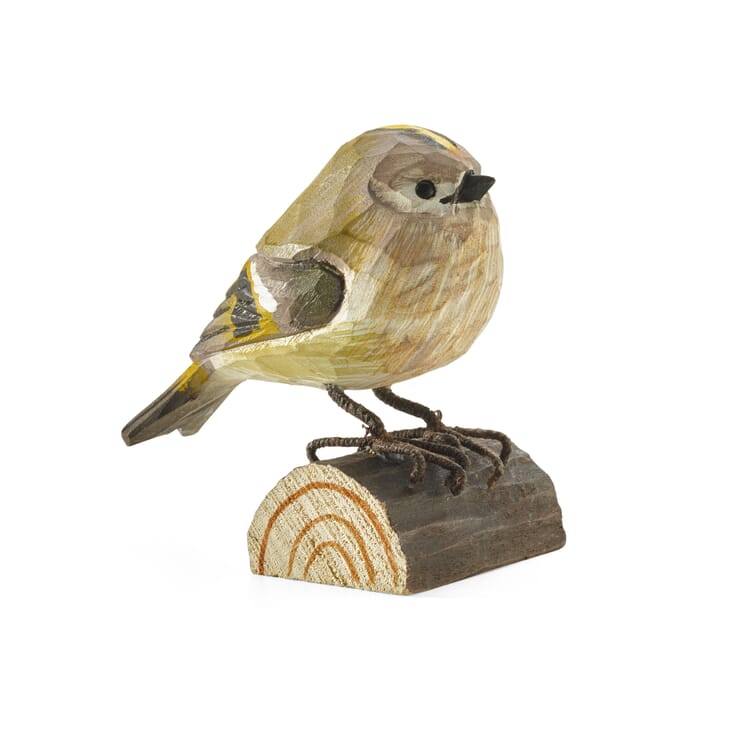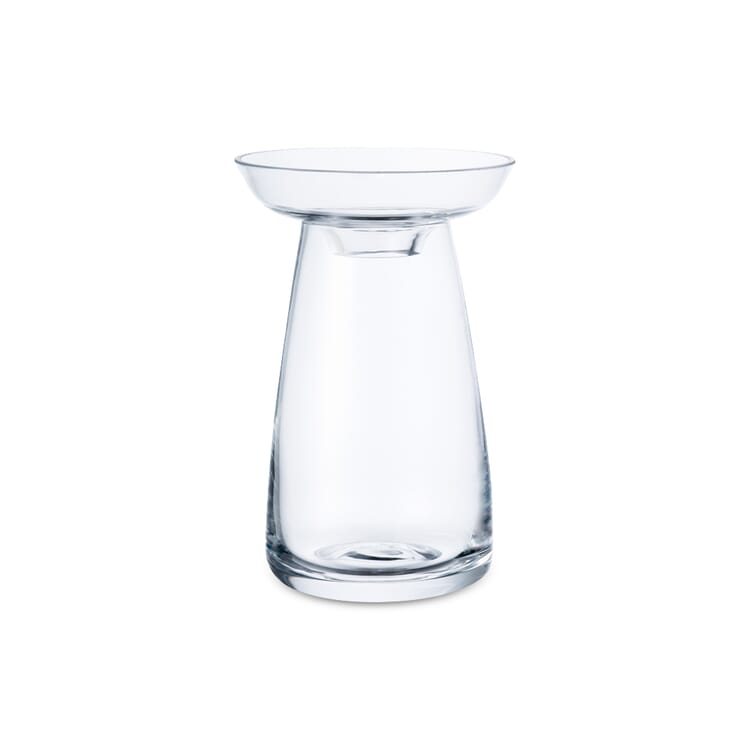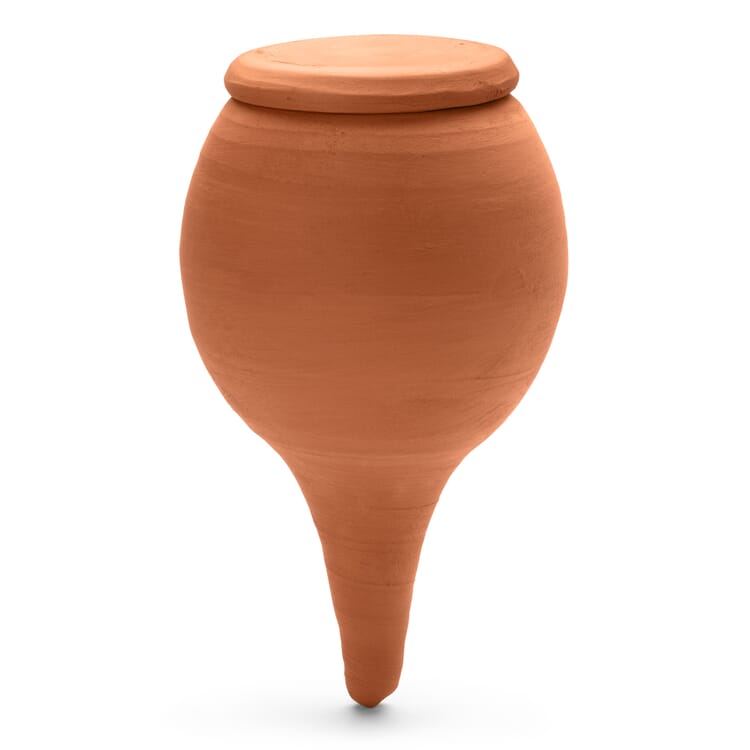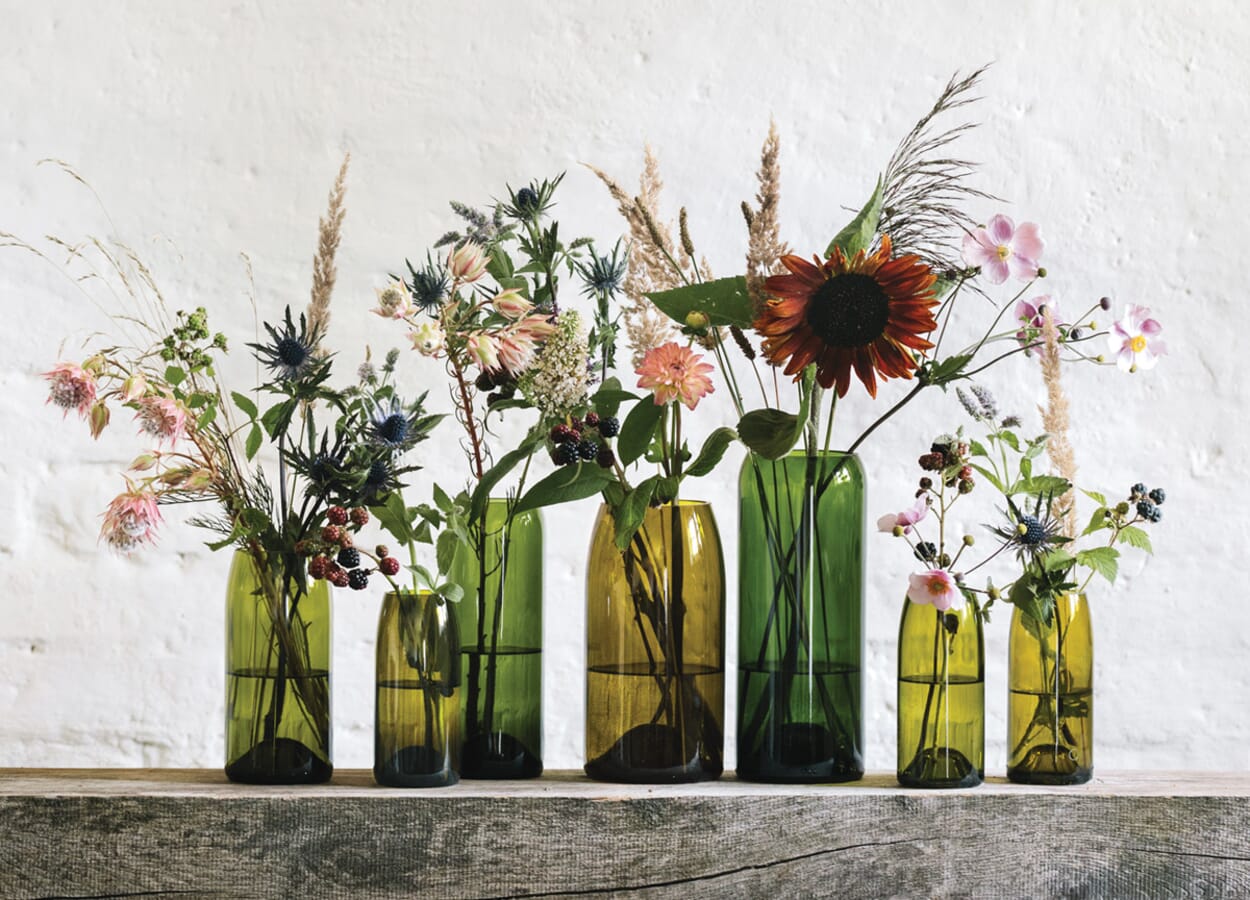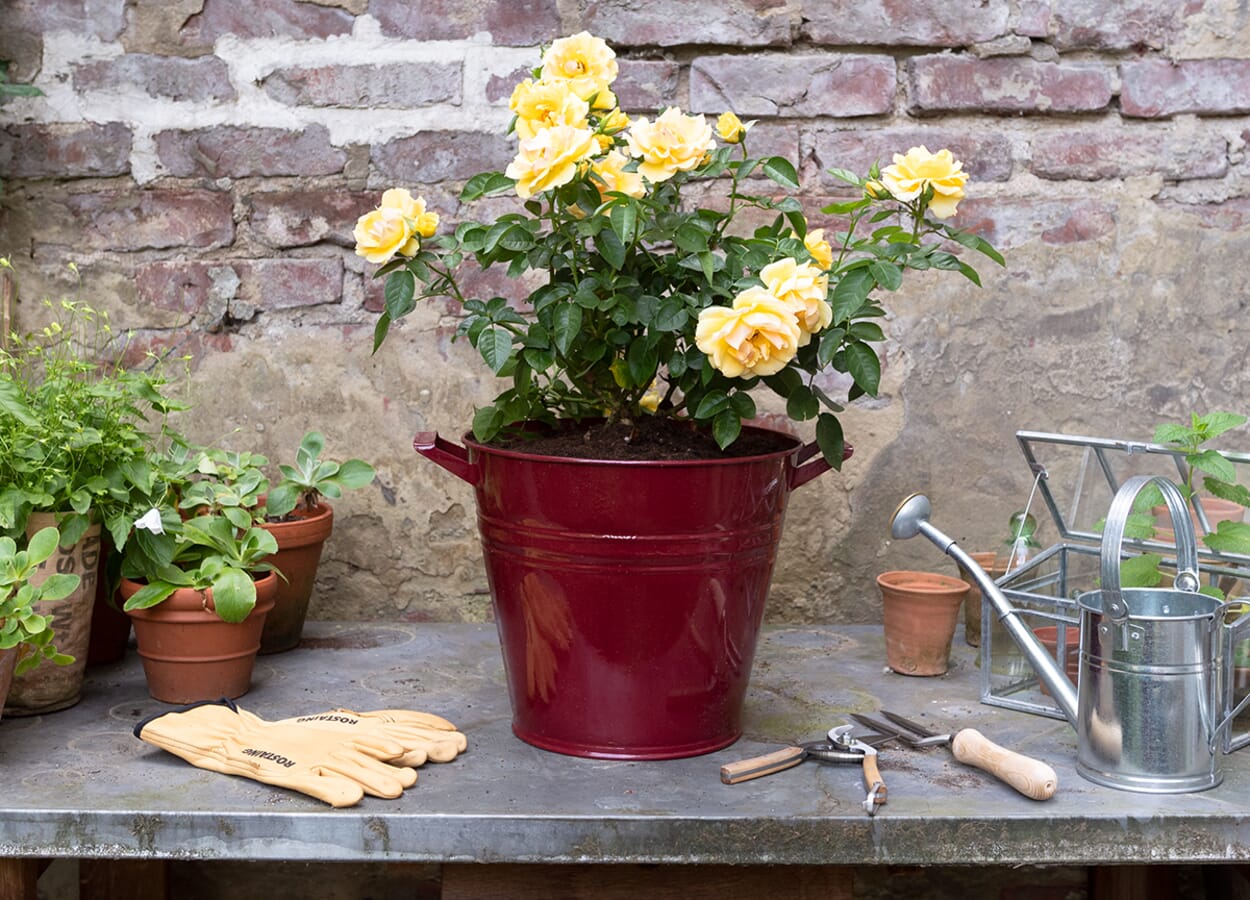Indoor gardening. When the apartment is green and blooming
Who says that gardener's happiness is possible only in the open air? After all, space is in the smallest hut. And a green thumb (or who wants to be) will bloom successes even in indoor gardening - as long as you only take into account the natural requirements of the plants.
Haws is a famous manufacturer of classic English garden tools. Typical is the raised filler opening, which prevents watering water from overflowing. The slightly curved, narrow watering tube of this jug is perfectly adapted to watering potted plants.
Selected products for indoor gardening
More light. Life blooms at the window
Houseplants should be placed as brightly as possible, preferably directly at the window or on the windowsill. Already one meter away from the window, the light intensity is only about half. Too little light causes the shoots to wither, the leaves to yellow and fall off, and the plant as a whole to decline. If you still want to place a plant as a room divider or on a wall farther from the window without drooping leaves and flowers, it makes sense to install a flower light. It is best to couple the light with a timer that follows the natural light-dark rhythm
Everything flows. Water to Grow
During the growing season, the plant needs more frequent watering. Watering intervals are based on the plant's requirements and environmental conditions such as temperature and humidity. Check the plants regularly; it is best to test how dry the soil is with your finger before watering. For tall pots, a moisture meter can help check if the root ball is still sufficiently moist. Pour off excess water after about half an hour. In winter, growth slows down - since less water is evaporated now, less watering is needed. Watering should always be adjusted to room temperature: the cooler, the more sparingly
Winter dormancy. Never in dry air
It's getting cold outside, turn up the heaters inside. However, most plants do not like dry heating air at all; pests such as thrips and spider mites like to spread in dry indoor air. Prevent this by increasing the humidity in heated rooms, for example by placing open water bowls on radiators or windowsills or by hanging special ceramic humidifiers on the heating system. If the plants are warm, one fertilization per month is sufficient over the winter months; in cool rooms, do not fertilize houseplants at all until spring
The circle is complete. Time for spring pruning
During the months of low light and warm heated air, many houseplants develop excessively long, weak shoots. These should be cut back in the spring to allow for renewed vigorous, stocky growth. You can use the cut shoot tips as cuttings for growing new plants. To root, put the shoot tips in a loose, well-drained, low-nutrient substrate or simply in a glass of water. Once a "root beard" has formed, repot the cutting into a larger container and allow it to grow and thrive. Where? On the bright windowsill, of course.

